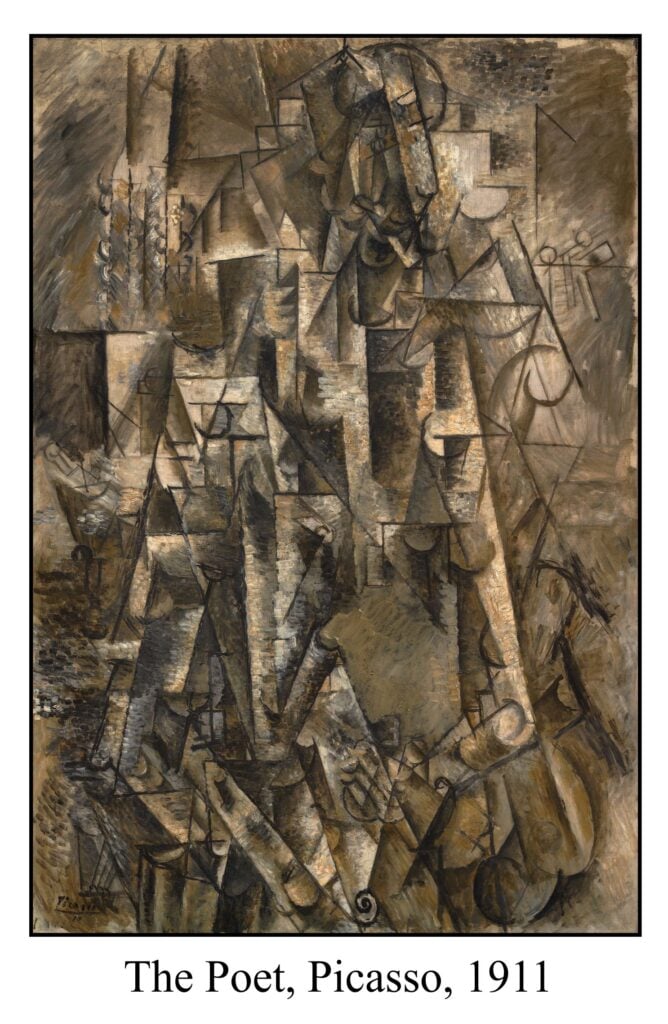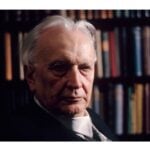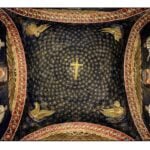
As I stated in my pre-Christmas post about On this Short Day of Frost and Sun, I have made a copy of the file with embedded sounds. For each of the poems, there is a recitation, often by the author of the poem. While inserting the soundfiles, I also corrected a few typographical errors in the original pdf.
The resultant pdf file is very large – 588 KB. Because of its size it is only available on my google drive:
On this Short Day of Frost and Sun Text and Sound version 1.0
I have not been able to download the file on my phone, and I think that it would too complicated to operate on a phone or a simple tablet. It should be downloaded onto a computer. Your browser may complain that the file is too large to check for viruses, but that you can “download anyway.” There are no viruses in the file.
Once you have downloaded the file to your computer, it should be opened using Adobe Acrobat Reader (free to download.) If the file is opened in other pdf-reading programs, the file will either be rejected as too large, or the sound files won’t work. For example, Google may automatically try to read the file using its Google-Doc programs but this will not work.
In order to listen to the embedded sound files, you must set up the Adobe Reader to play multimedia files. To do this follow these steps:
Edit > Preferences (bottom) > Multimedia & 3D (in menu)> tick box for Enable Playing of Multimedia & 3D content (topmost box).
Like its soundless cousin, the file is best viewed using a full-screen two-page viewing mode. To set this up in Adobe follow these steps:
View > Page Display > Two Page View
This is a screen-shot of what it looks like when it works.















